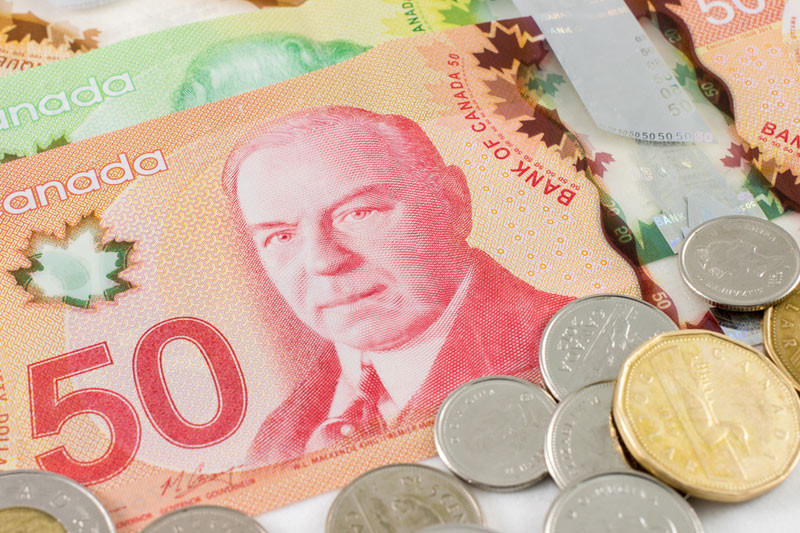
This week turned out to be a testing time for the Canadian dollar. Along with the US dollar, it experienced strong volatility due to a change in monetary policy of the US Federal Reserve.
On Thursday, August 27, a regular meeting of the regulator took place, at which it was decided to change the current inflationary strategy. The Fed's head concluded that it is best not to contain inflation within the 2% target, but to allow it to rise moderately. Moreover, the rise should be regulated, depending on the situation in the economy and on the labor market. Currently, the Fed is prioritizing financial assistance to unemployed Americans and low-income citizens most affected by COVID-19.
In the current situation, the US currency experienced a price "swing". It rose sharply, then collapsed again. The Canadian dollar also did not stand aside, which took over the US dollar. On Thursday, there was significant volatility in the USD/CAD pair. The pair briefly settled at 1.3315, but then experts recorded an increase in the downward trend later. The USD/CAD pair started the trading session today from 1.3086 - 1.3087. However, it moved to lower values, confirming the opinion of analysts about going into a downward spiral.
The Canadian dollar declined due to a slowdown in economic growth in Canada. With the onset of the pandemic, the rise in consumer prices in the country was almost zero. In mid-summer, Canada's annual inflation rate dropped to 0.1% from 0.7% recorded in June 2020. During this period, the most important task for the Canadian authorities was to maintain annual inflation at 2%. But many citizens are sure that real inflation is much higher.
Therefore, the potential discrepancy between statistical and actual inflation rates alarmed Canada's monetary authorities. To solve this problem, the regulator intends to re-conduct the appropriate calculations. According to Carolyn Wilkins, deputy governor of the Bank of Canada, a more accurate inflation indicator is needed, considering the full basket of goods and services. According to experts, this figure is now close to zero, although the rise in prices for a number of food products has exceeded 4%.
Moreover, experts are recording an increase in the downward trend in the dynamics of the CAD. Although, it has been actively strengthening against the USD for several months. This was facilitated by the growth of global stock indices and the world raw material market. The rise in oil prices was favorable to the CAD: Being a commodity currency, it was able to grow its potential. However, the situation is currently not in favor of the "Loonie", threatening to strengthen the downward trend.
A rise in the volatility of the USD/CAD pair can provoke not only changes in the strategy of the American regulator, but also statements by the Canadian Central Bank. In early September, the market is expecting a speech by Tiff Macklem, the head of the Bank of Canada. A revision of the current monetary policy is not ruled out at the next meeting scheduled for September 9, although the regulator is not expected to make drastic changes.
According to analysts, T. Macklem's "dovish" rhetoric and the tendency of Canada's Central Bank to soften monetary policy have a negative impact on the dynamics of the Canadian currency. It may seriously sink due to the instability of the global hydrocarbon market and current adverse factors. As a result, experts fear a prolonged downward trend in the USD/CAD pair amid a weakening dollar and changes in the US Federal Reserve's monetary policy.





















